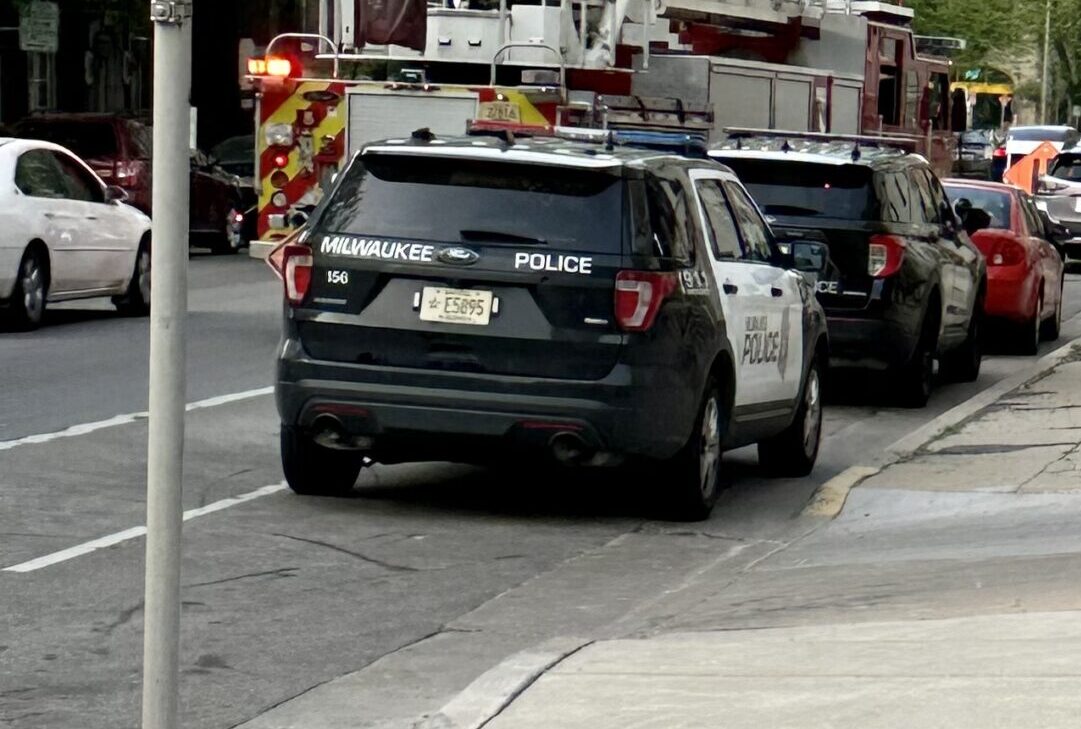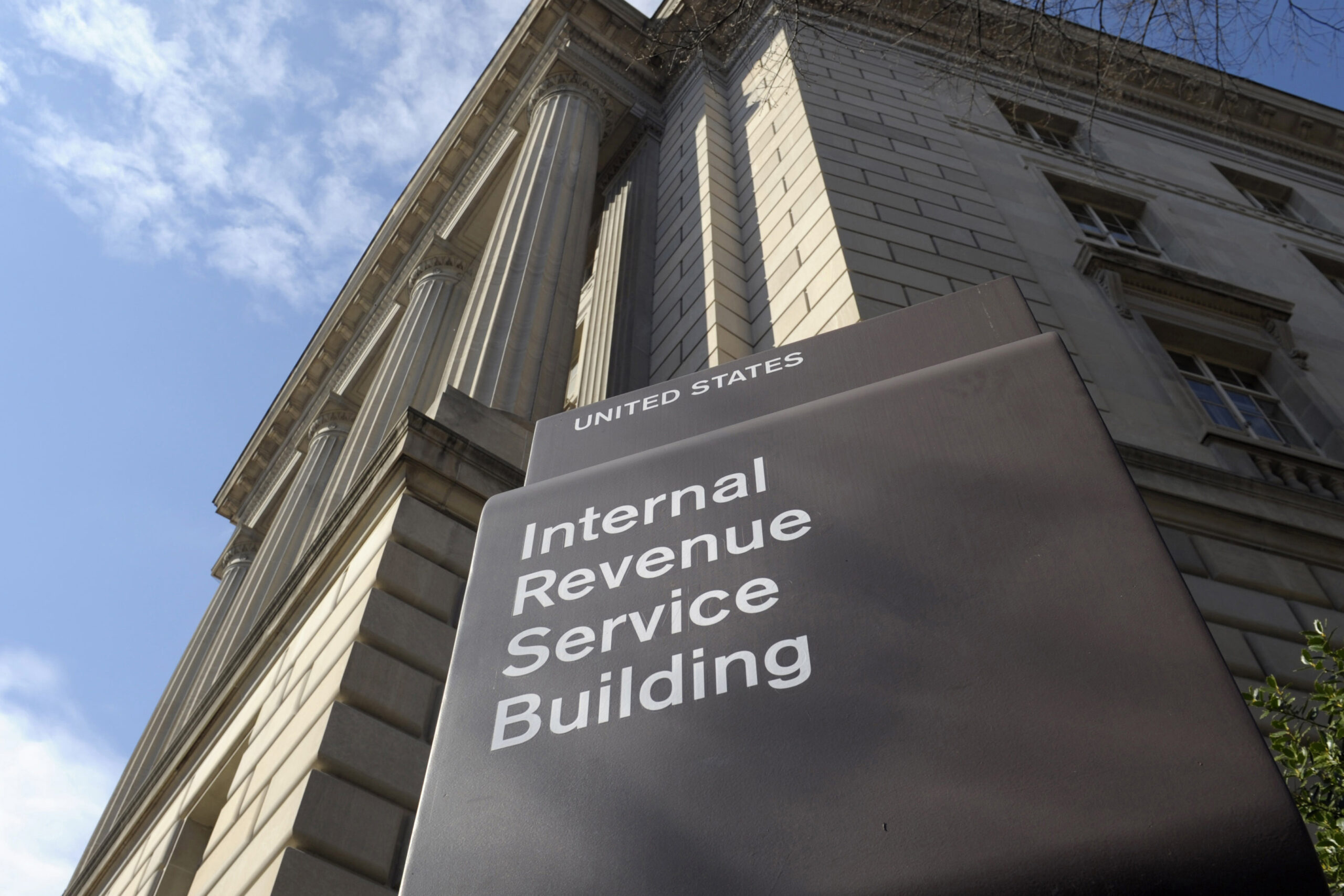DNA backlog eliminated – for now
By: dmc-admin//May 3, 2010//

Now that the Wisconsin Department of Justice has solved the DNA backlog that has plagued local crime labs, criminal defense attorneys wonder what the future holds.
While some are optimistic that the solution will help move cases more quickly through the system, others are skeptical as to how long the state’s crime labs will be able to keep pace, given that police are utilizing DNA research in more criminal investigations.
“In terms of the backlog, I guess call me a year from now,” said veteran Milwaukee criminal lawyer Martin E. Kohler.
In a letter announcing the elimination of the backlog, Wisconsin Attorney General J.B. Van Hollen said he made good on a promise made when he took office in 2007 to eliminate a backlog of almost 1,800 cases. As of the end of the first quarter of 2010, Van Hollen said that the crime lab has fewer pending cases than were received and worked in March.
The hiring of 31 new crime lab analysts in 2007 helped cut the average time to review DNA from 270 days to just two months. Now, Van Hollen said all cases, absent any unique circumstances, are assigned within 30 days and completed within 60 days.
“The bottom line is that the backlog is eliminated and analysts are now devoting their time to current cases, and not cases submitted months or even years earlier,” Van Hollen stated in his letter.
That is good news for defense attorneys like Kohler who might see clients remain in custody for long periods while samples relevant to their case await review in the crime labs.
“So you can have a guy in jail awaiting trial for one to six months,” said Kohler, of Kohler & Hart LLP.
In the past, delays were more common in drug, gun or burglary cases, said Milwaukee criminal defense attorney Raymond M. Dall’Osto, of Gimbel, Reilly, Guerin & Brown LLP.
But during the last few years, he hasn’t encountered any delays in obtaining DNA test results, especially in homicide cases.
In the most high-profile cases, DNA evidence swapped from the inside of a cheek can be analyzed in six hours, said Gary Hamblin, Administrator for the Division of Law Enforcement Services. Sexual assault cases, which involve multiple samples or more screening, can take longer to process, he said.
While Dall’Osto applauded the efforts of the DOJ to clear the backlog for all cases, he still hopes the agency will accelerate evidence analysis in serious felonies.
“I would try to put some kind of priority on speedy trials and serious crimes, where there is someone in custody and you want to expedite it,” he said.
While crime lab technicians have dramatically reduced the wait time for DNA results that does not meant the number of samples being submitted has decreased. More local law enforcement agencies utilize DNA evidence, in addition to traditional fingerprint analysis, to help determine whether a felon ever held a firearm, if someone handled a bag of drugs or in other felony cases beyond homicides and sexual assaults.
Waukesha criminal defense attorney Anthony D. Cotton recently had a client accused of substantial battery. The accuser asserted that the client pushed her into a table and causing a laceration to her head.
So Cotton had the table tested for DNA and the results came up negative for any traces from his client.
“For many defendants, it’s not the existence of DNA evidence that is always helpful, but rather, the lack of DNA evidence if the person denies having committed a certain act,” he said.
DOJ statistics support an increased use of DNA technology by police, with an average of 185 cases per month submitted in 2006, compared to 385 in 2009 and 435 per month through the first quarter of 2010.
Van Hollen conceded that the increases have “exceeded our expectations,” but in his letter said there are no plans to hire additional staff.
Hamblin added that the crime labs are also exploring new technology to increase efficiency by utilizing more automation in some sexual assault cases to help separate sperm.
He also said labs are working with law enforcement to determine the best use of DNA evidence.
“A sheriff told me he had success getting DNA in a burglary cases and they could do swabs on every property crime,” Hamblin said. “But, it’s a matter of counseling them that DNA is not appropriate in every case and they don’t have to swab every theft.”
Cotton, of Kuchler and Cotton Law Offices, said at this point, there is no reason not to expect the crime labs to meet the 60-day turnaround, given the additional staff.
However, he suggested that recent case law could impact efficiency in the future.
Cotton noted a 2009 U.S. Supreme Court decision (Melendez-Diaz v. Massachusetts, 129 S.Ct. 2527) which expanded on an earlier ruling that defendants have the right to cross-examine an analyst whenever the prosecution seeks to introduce lab reports.
In cases where DNA evidence is utilized, it’s not enough at trial to simply submit test results or bring in a technician from the lab to testify to the authenticity of a document, Cotton said.
“In each case, the defendant has the right to cross-examine the actual analyst who performed the analysis,” he said.
Cotton likened the situation to that of expert analysis in drunken driving cases. He said cases are adjourned or delayed because there are a limited number of analysts available to testify throughout the state in any given case.
“The same could very well happen with DNA analysts as the evidence is used more frequently to prosecute defendants,” Cotton said. “While the backlog may have been “eliminated” it is not necessarily cured.”
Jack Zemlicka can be reached at [email protected].
Legal News
- Waukesha man sentenced to 30 years for Sex Trafficking
- 12-year-old shot in Milwaukee Wednesday with ‘serious injuries’
- Milwaukee man convicted of laundering proceeds of business email compromise fraud schemes
- Giuliani, Meadows among 18 indicted in Arizona fake electors case
- Some State Bar diversity participants walk away from program
- Wisconsin court issues arrest warrant ‘in error’ for Minocqua Brewing owner
- Iranian nationals charged cyber campaign targeting U.S. Companies
- Facing mostly white juries, are Milwaukee County defendants of color truly judged by their peers?
- Milwaukee Mayor speaks in D.C. Tuesday at White House water summit
- Chicago man sentenced to prison after being caught with ‘Trump Gun’
- FTC bans non-competes
- Gov. Evers seeks applicants for Dane County Circuit Court
WLJ People
- Power 30 Personal Injury Attorneys – Russell Nicolet
- Power 30 Personal Injury Attorneys – Benjamin Nicolet
- Power 30 Personal Injury Attorneys – Dustin T. Woehl
- Power 30 Personal Injury Attorneys – Katherine Metzger
- Power 30 Personal Injury Attorneys – Joseph Ryan
- Power 30 Personal Injury Attorneys – James M. Ryan
- Power 30 Personal Injury Attorneys – Dana Wachs
- Power 30 Personal Injury Attorneys – Mark L. Thomsen
- Power 30 Personal Injury Attorneys – Matthew Lein
- Power 30 Personal Injury Attorneys – Jeffrey A. Pitman
- Power 30 Personal Injury Attorneys – William Pemberton
- Power 30 Personal Injury Attorneys – Howard S. Sicula











